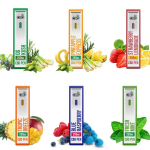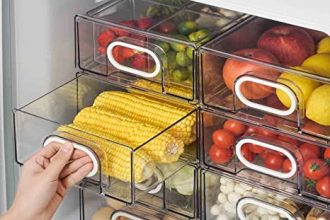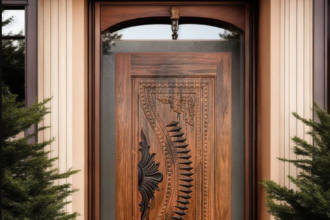Raised garden beds and elevated planter boxes are two popular garden features that can help create a beautiful garden space. Although they may appear similar, there are five major differences between them. These include the design, cost, the material used, plants that can be grown in them, and ease of installation. Knowing these key differences will help you decide which is suitable for your gardening needs. Let’s explore the five main distinctions between raised garden box and elevated planter boxes.
- Design
Raised garden beds and garden boxes are two popular garden products that have their advantages. In terms of design, raised garden beds provide an entire garden from the ground up, with frames made from materials such as wood or concrete. Elevated planter boxes, on the other hand, create a garden-like atmosphere on different surfaces, such as decks or patios. They may be movable or built-in places, depending on your preference.
2. Cost
One of the major differences between a garden bed versus an elevated planter box is their cost. While garden beds are generally more expensive, they offer increased soil depth and spacing for planting, resulting in a greater capacity for root growth. Elevated planter boxes, on the other hand, can be less expensive, offering gardeners increased accessibility and convenience to tend to their plants without having to kneel or stretch too far into the garden.
3. Material Used
Raised garden beds and elevated planter boxes appear similar in structure, but the materials used truly set them apart. Raised garden beds are often made of wood like cedar or pine that has been treated to withstand outdoor conditions. Elevated planter boxes, on the other hand, are usually constructed using various recycled materials such as plastics, composite lumber, and wrought iron. The design for planter boxes is typically more decorative, with intricate details and colors to match any landscape.
4. Plants
An essential factor to consider when choosing between a raised garden bed and an elevated planter box is the types of plants that can be grown. Usually, garden boxes are used for shallow-root vegetables such as lettuce, spinach, or herbs. On the other hand, raised garden beds have deeper soil, allowing them to accommodate a wide variety of larger vegetables like carrots, tomatoes, and squash. In addition, garden boxes must be placed on solid ground and cannot hold more than 25 pounds safely without tipping; garden beds can be placed on soil or uneven terrain due to their high sides.
5. Ease of Installation
One distinct difference between a garden bed and an elevated planter box is the ease of installation. Garden beds often require large amounts of soil to be moved, leveling parts of the garden and framing the garden bed itself. An elevated planter box has a much easier installation process since it does not need garden soil, just soil for what you plan to grow in the garden box. Additionally, there is no need for the garden to be leveled or for tiresome framing as the plants sit on top of the garden bed without having to work around any elements from taking up space underneath.
Last Words
These are the five major differences between raised garden beds and elevated planter boxes. Knowing these distinctions can help gardeners decide which is suitable for their garden needs. Whether you choose a raised garden bed or an elevated planter box, both are excellent garden features that add beauty and interest to any garden space.














